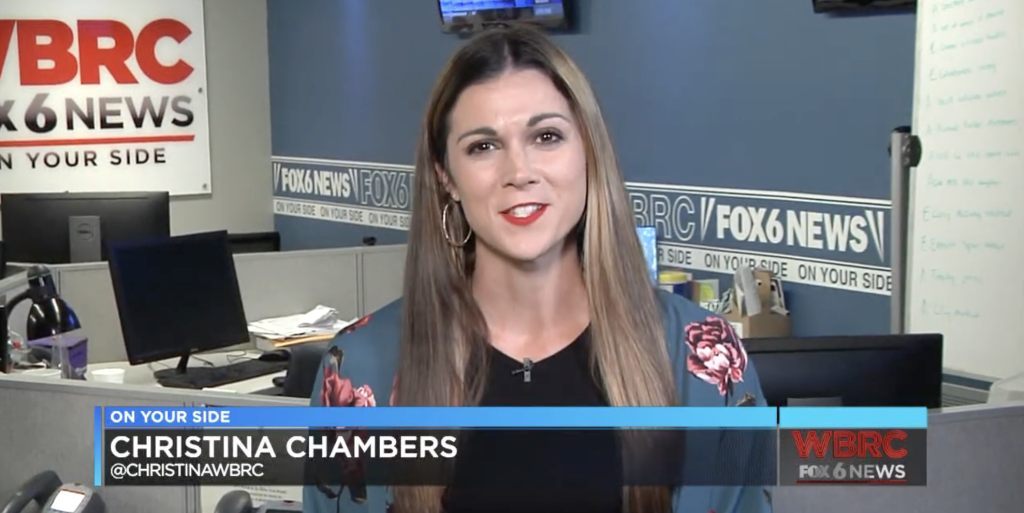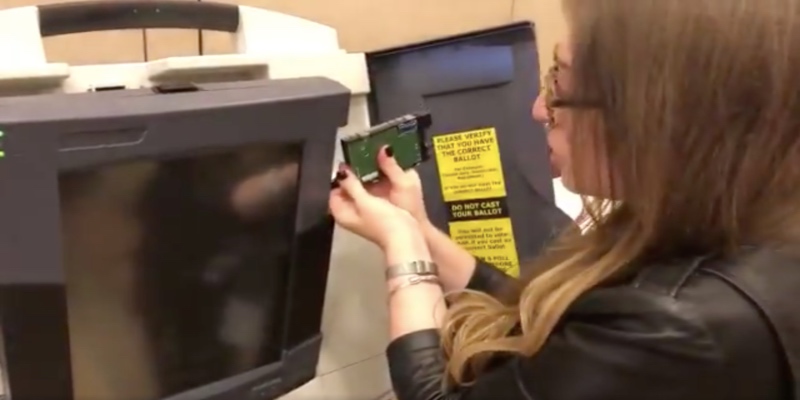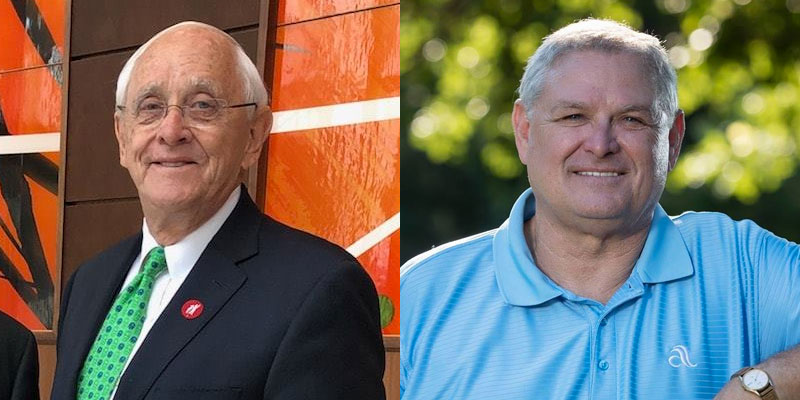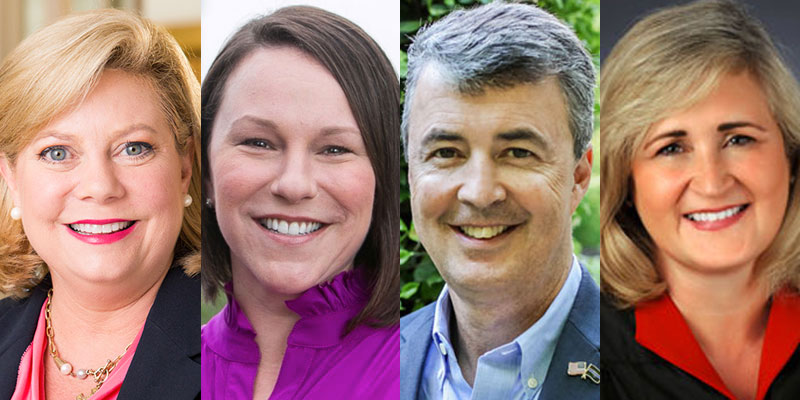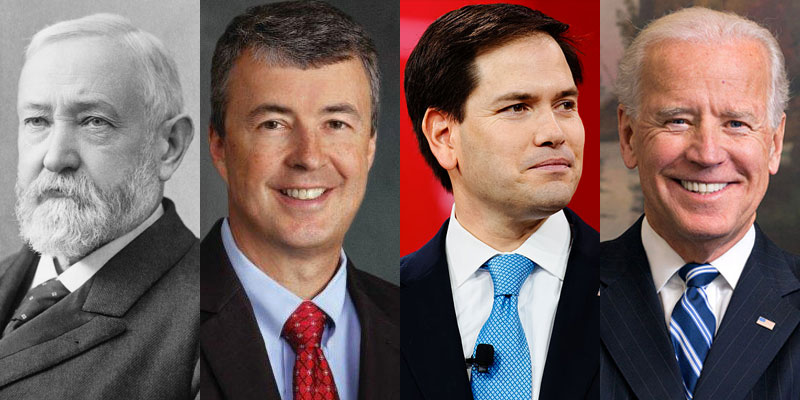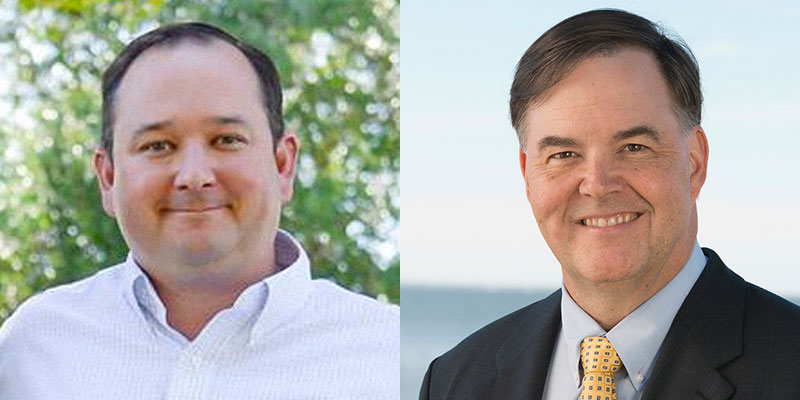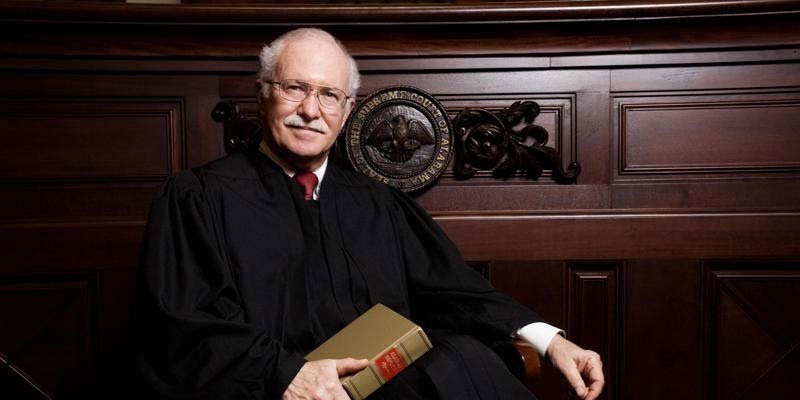Alabama Democrats followed up a surprise Senate victory in December with an enthusiastic crop of candidates, excited activists with more confidence than the party has had in decades and a competitive gubernatorial primary.
Yet, when the dust cleared from Tuesday’s voting, there was scant evidence of a transformation of the state’s politics.
Both parties attracted more voters to the polls than the 2014 primaries, but the partisan breakdown was similar. Republicans got 67 percent of the voters on Tuesday, down from 70 percent four years ago.
Eight years ago, nearly 61 percent of Alabama voters participating in the primary took Republican ballots.
“The blue wave – that’s an interesting slogan,” Alabama Republican Party Chairwoman Terry Lathan said.
But evidence from Election Day shows “it’s not there,” she added.
Nancy Worley, chairwoman of the state Democratic Party, said she is encouraged that the Democratic turnout on Tuesday increased from the special primary election for the Senate last summer — both in actual numbers and as a percentage of all votes cast.
Worley said the party had recruited a record number of candidates but added that many ran unopposed in Tuesday’s primary, which could have reduced turnout.
“When you have a lot of candidates who are not on the ballot, they don’t press their friends and family to come out,” she said.
Worley said she is confident heading into the fall campaign.
“I certainly think we have the opportunity to pick up seats,” she said.
Independent analysts backed up Lathan’s interpretation. Jess Brown, a political scientist at Athens State University in north Alabama, said Democrats improved on their performance from four years ago. But he said the beleaguered party has a long way to go.
“There is no evidence of a blue wave,” he said. “There is evidence of a wave of apathy and potentially ignorance. … Their (Democrats’) bucket has still got a lot of missing water.”
Democrats across the country are counting on energized partisans to carry the party to victory in congressional races and seize control of the House of Representatives.
Even under the most optimistic of scenarios, Alabama Democrats do not figure to play a significant role in that effort. But party leaders have hoped that they could make inroads into the GOP’s dominant position in Alabama.
If a blue wave is brewing, states with open primaries like Alabama are where it would show up first. In Alabama, a voter does not register by party and can simply request which ballot to take. That makes it easier to switch parties in primaries than in states where only voters registered in a party can participate.
“If there was a blue wave in the grassroots, it should have manifested itself in primary turnout,” Brown said.
After barely being able to find a standard-bearer in the governor’s race four years ago — Democrats then settled for a former congressman who had been a Republican and an independent in the recent past — the party had a real primary contest this year. Two credible, well-funded candidates led the primary field.
But Brown said the numbers show a stark difference. While Democrats fielded 10 candidates for three statewide offices in contested primaries, Republicans had 47 candidates competing for 15 positions.
The source of much of the optimism flowing through Alabama Democrats, of course, is the victory by Sen. Doug Jones (D-Mountain Brook) in the special election to fill the seat once held by Attorney General Jeff Sessions.
But Republicans said the primary numbers cast doubt on whether that victory has any significance.
“Doug Jones will raise money for Democrats, but it’s not going to change the narrative,” said Rick Shaftan, a political consultant who helped guide Supreme Court Justice Tom Parker to victory in the Republican primary race for chief justice.
Lathan, the party chairwoman, agreed. She noted that the Democratic victory in December was the result of a combination of factors that included a low-turnout special election and late-breaking allegations that Republican nominee Roy Moore had inappropriate sexual contact with teenage girls in the 1970s when he was a young assistant district attorney in Etowah County.
“That circumstance is very rare, and it’s gone,” she said.
Although Democrats improved their share of the vote on primary day, it remains 6 percentage points below the 2010 numbers. Prior to that, the party had dominated the state, even though Republican presidential candidates long had been carrying the vote.
Consider that in 1986, just 29,194 voters participated in the Republican primary — compared with 940,088 who cast ballots in the Democratic contest.
As recently as 2006, a majority of primary voters were still choosing the Democratic Party. It was not until 2010 when the GOP had a majority of voters in a gubernatorial contest.
“It seems like we’ve been here for a very long time, but we’ve been working toward this for a very long time,” Lathan said.
@BrendanKKirby is a senior political reporter at LifeZette and author of “Wicked Mobile.”





